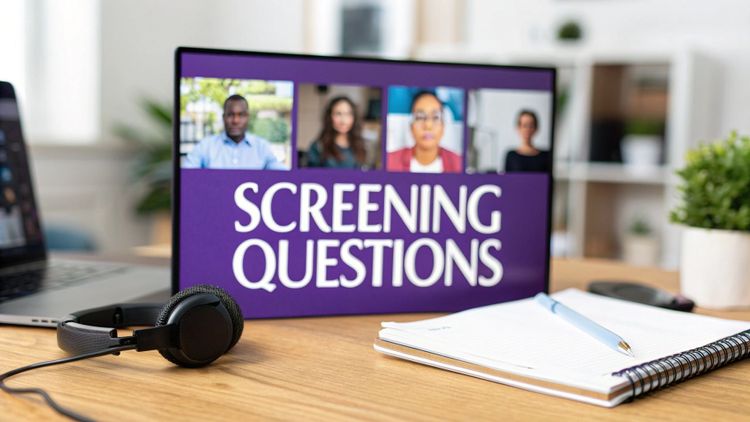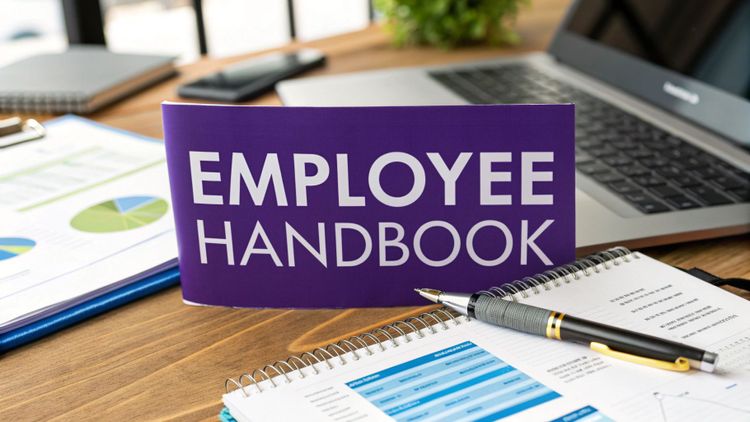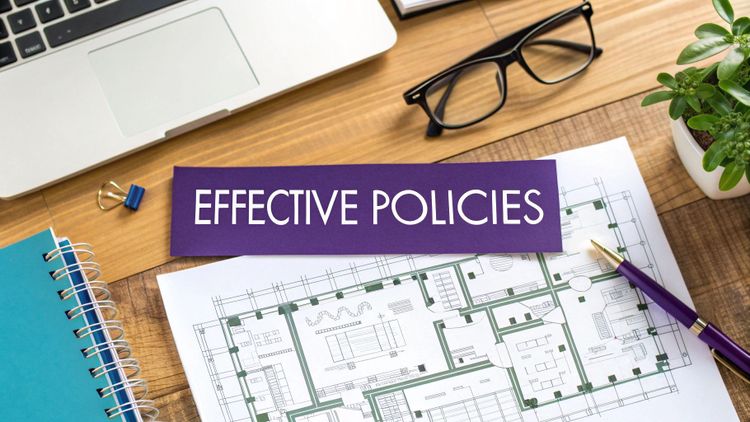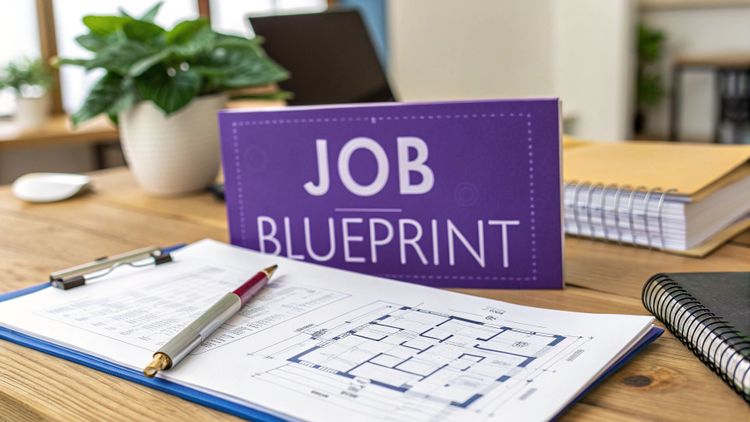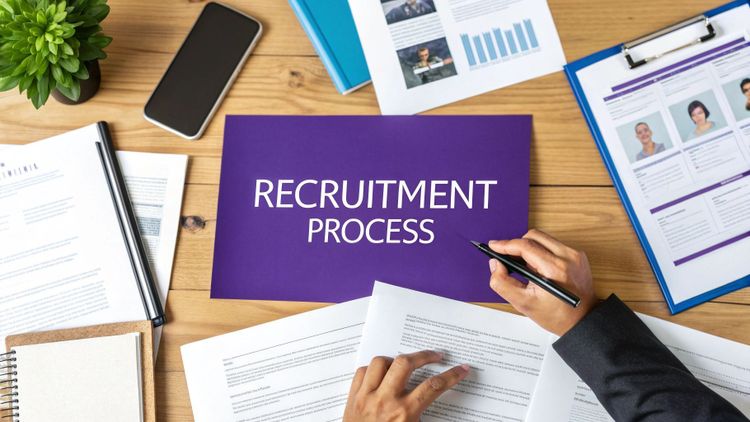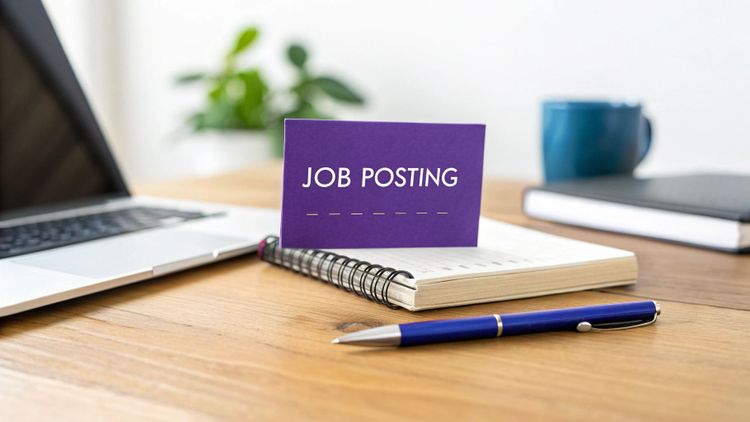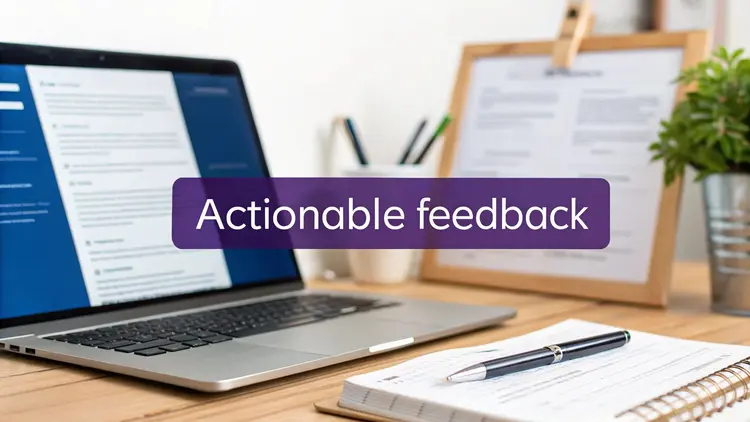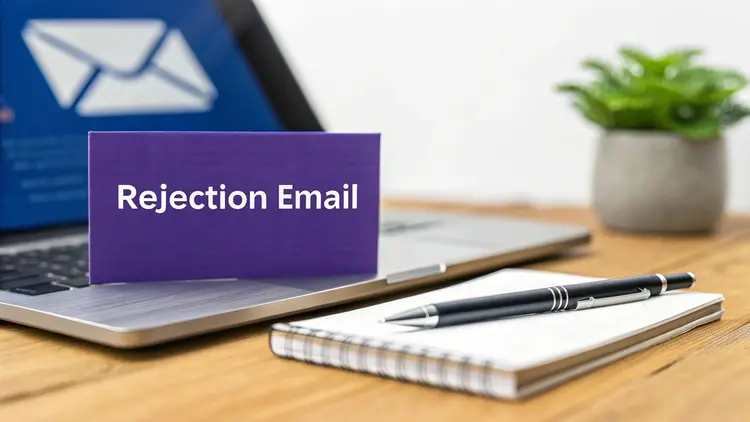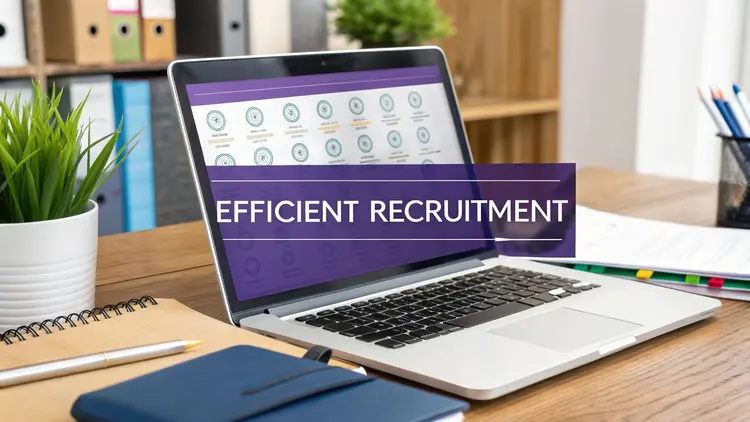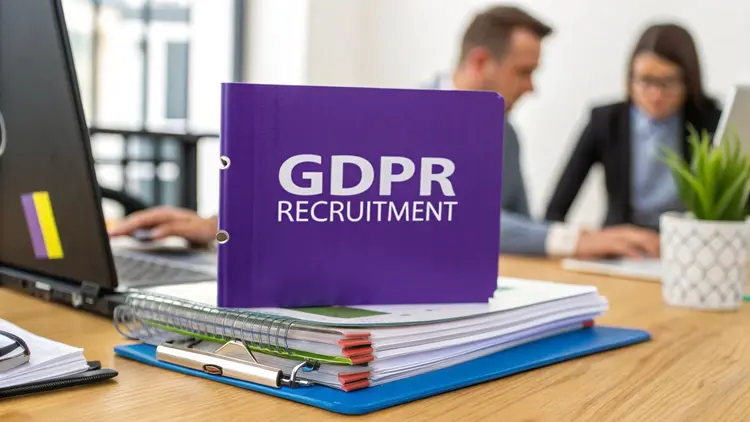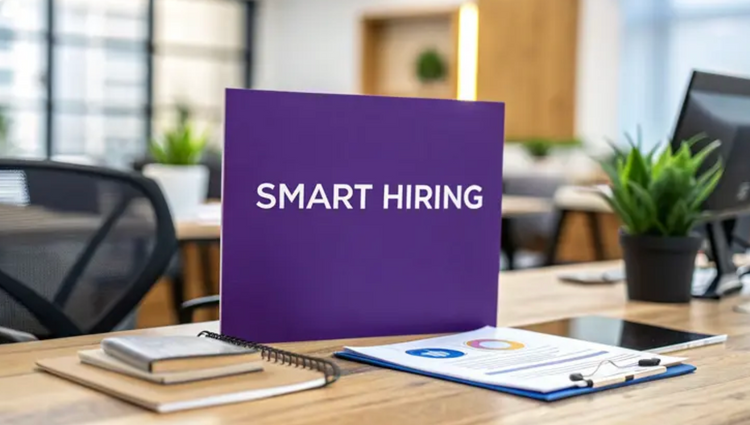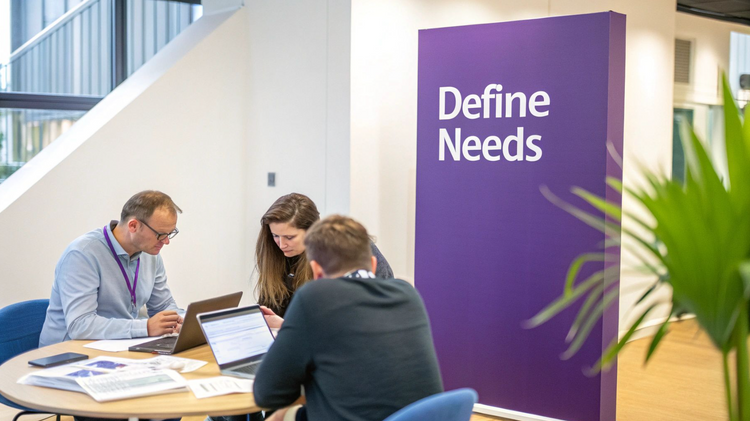HR Processes
8 Ways to Improve Your Candidate Selection Process

The number of applicants you attract is irrelevant if you make the wrong choice in the end.
In addition, a prolonged or cumbersome selection process may cost you a great potential hire or cause unnecessary delays when sourcing talent.
In this article, we're going to look at 8 easy ways to build a quick and effective candidate selection process that works for you and candidates alike.
Let's dive in.
1. Come up with a detailed plan
Candidate selection isn’t something that you can just do on the spot.
The price of a bad hire is more than you might expect. According to Forbes, bad hires can cost established companies thousands of dollars – but more than the monetary cost is its impact on the productivity and morale of the company.
You know of the famous adage, “Those who fail to plan, plan to fail.” While that’s generally good life advice, nothing is more relevant than a crucial organisational process such as candidate selection.
Thus, your selection process needs to be laid down in stone well before you start selecting candidates for a specific role.
Your plan should detail not just your processes but the technical and soft skill standards that you absolutely need from your new hires.
2. Automate tasks whenever possible
When hiring managers are swamped with less-important administrative tasks, the quality of their hires will inevitably go down.
In fact, the LeadershipIQ study found that among 46% of failed hires, 82% of the hiring managers that made those decisions had insights during the interview but were too distracted to pay attention to the red flags.
This is why hiring managers need to automate as much of their daily work as possible.
Automating administrative HR tasks can free up lots of company time that the hiring manager can instead use in more mission-critical tasks, such as evaluating the final candidates.

3. Present the job description clearly
If you want to be able to pick the best, then in the first place, you must attract outstanding candidates.
One of the best ways to do this is by creating a detailed job description that acts as a qualification step in itself. Here’s what to keep in mind:
- Keep it simple
Job descriptions should never be needlessly complicated. Overly technical terms, jargon, and unnecessary complex words should be replaced by clear and straightforward language - Think win-win
Your job descriptions should focus on mutual benefit, highlighting the importance of the role to the organisation. So many job description feel like a one-sided selection process which dissuades high-calibre candidates from applying. - Highlight the role's most important benefits early on
A Wall Street Journal article revealed that job descriptions that focus on critical benefits would likely attract more and higher-quality candidates.
Need more help? Check out some extra tips on writing a killer job description.
4. Use pre-screening tests
When recruiting for a vital job, you need to maximise your time by focusing on the best candidates. You can do this with pre-screening tests.
Pre-screening tests allow you to sift through all of your applicants in the primary phases of your application process. This will ensure you only focus on candidates that meet your essential criteria in terms of technical and soft skills.
But more than that, you can also segment your candidates better, allowing you to communicate in a more efficient way - wether progressing, rejecting or asking for more information.
Plus, you may end up with a pool of candidates that are relevant for future positions as you understand their profile better in advance.
5. Take advantage of video interviews
Noways, video interviews are among the most common and viable solution for remote selection and hiring.
Even without a global pandemic on our hands, video interviews are an efficient and convenient solution for this type of problem.
Video interviews provide several core benefits, such as:
- Public health safety
You or your candidate won’t be at risk from any surges of the pandemic or other public health concerns. - Convenience
Since nobody has to commute anywhere far, scheduling a mutually convenient video interview is easier. - Global reach
You’re not limited by geography, no matter what position you’re hiring for. If it suits you, you can schedule international video interviews for a position.
It also admittedly has several problems of its own. The hassle when navigating multiple tools and apps while interviewing, recording, and keeping everything in check is enough to discourage hiring managers from video interviews.
SeeMeHired can help with that. Having a dedicated, built-in video interviewing module lets you schedule and conduct your job interview without leaving the platform. Learn more in a free demo.

6. Give candidates ample time to prepare
While it’s important for you to see how well candidates think on their feet, giving them ample time allows them to be at their best.
Interviewing nervous and unprepared candidates is just going to hinder you in assessing their best qualities – and besides, there are plenty of other ways to evaluate their quick thinking and how they work under pressure.
Give your potential employees at least a week or more to prepare for their job interviews – with more time to prepare for crucial roles.
7. Maintain timely communication
If you want to continue attracting the best talent around you, you need to build a stellar candidate experience, and one of the best ways to do this is through timely communication.
Studies have concluded that applicants with bad communication experience don’t want to apply to the same company again. More than that, about 63% of those candidates already report that the companies they’re applying for don’t have excellent communication initiatives.
Maintaining communication with your candidates won’t just improve candidate experience – it will also distinguish you from the competition. This is always a good thing when attracting candidates.
In communicating with candidates about their application process, don’t forget to communicate.
- Schedule
When the interview will be held, how long it’s going to last, alternate schedules available, etc. - Coverage
This includes topics that will be discussed, skills assessed, etc. - Other details
This can be things such as who the interviewers will be, kind of interview, etc.
8. Assess which methods are most effective
Not everything you do is going to be right – especially if you’re a new company or a new hiring manager. Thus, you need to be vigilant in tracking key HR metrics to inform your future decisions.
Key HR metrics include time-to-hire, quality-of-hire, cost-of-hire, etc. These metrics tell you your recruitment strategy’s performance as a whole and allow you to assess which of your tactics should be removed or improved.
You can also measure metrics for the specific aspects of your hiring process.
For example, you can create key metrics for the interview process, such as communication efficacy, applicant feedback and more. These metrics will help you assess your performance to improve those specific aspects the next time around.
Improving Your Selection Process
Finding the best fit for a position is never an easy task.
Aside from assessing your candidate, you also have to think about keeping costs down, reducing time to hire and improving the quality of your hires.
We hope our tips will make your job easier and help you build a faster and more effective selection process - both now and in the long run.



